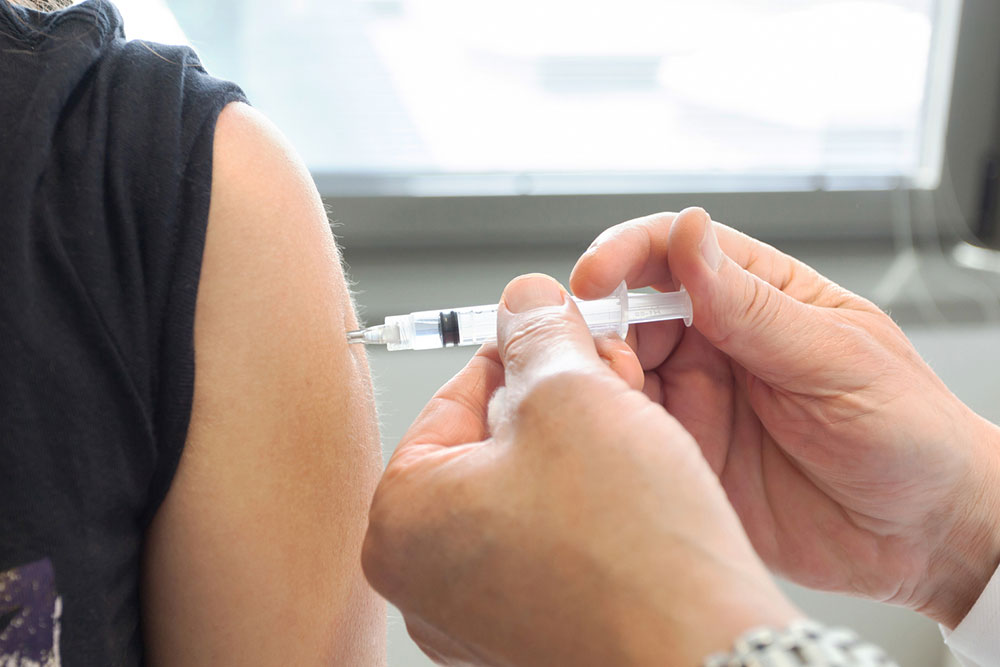
Treatments
Effective Treatment Methods for Tick-borne Illness
Ticks—the small-sized bloodsucking arthropods—are the leading carriers of various vector-borne diseases in humans. In most of the cases, the toxins, organisms, or secretions in the tick’s saliva that transmit through the tick bite cause such diseases. According to various medical studies, different types of tick-borne diseases can be found in the country. Ehrlichiosis, Babesiosis, Lyme disease, Tularemia, Rocky Mountain spotted fever, and Colorado tick fever are some examples of common diseases caused by tick bites. However, you should not panic if you get a rash from tick bites. Timely and proper medical guidance is the secret to successfully dealing with such tick-borne illnesses. The ticks are so tiny in size that people sometimes do not even particularly realize when the ticks are biting until they get a rash from tick bites. There are certain cases when you may not get rashes but flu-like symptoms from the tick bites, which are also an indication of the disease. Signs and Symptoms of Tick-Borne Illnesses Flu-like symptoms such as chills, headaches, and achiness Numbness Fever Palpitations Weakness Paralysis Neck stiffness Joint pains, swelling in the body joints Rash (the type of the rash from tick bites can vary depending on the pathogen type transmitted by the tick) Vomiting Nausea Swollen lymph nodes Shortness of breath Medical guidance is needed if any of the following conditions exist. Ticks cannot be removed from the skin. Even after the removal, the mouth or the head of the tick is still stuck onto the skin. Exhibiting fever, lethargy, paralysis, headache, numbness, and rash from tick bites. Immuno-suppressed individuals should consult medical experts if they get tick bites. If a pregnant woman gets a tick a doctor should be consulted bite before taking any medication. Treatment for Tick-borne Illnesses Not all ticks carry the same pathogen. Hence, the treatment process and the medications obviously vary depending on the type of the pathogen transmitted by the tick while biting. Follow the following steps to carefully and promptly remove a tick after being bitten:












